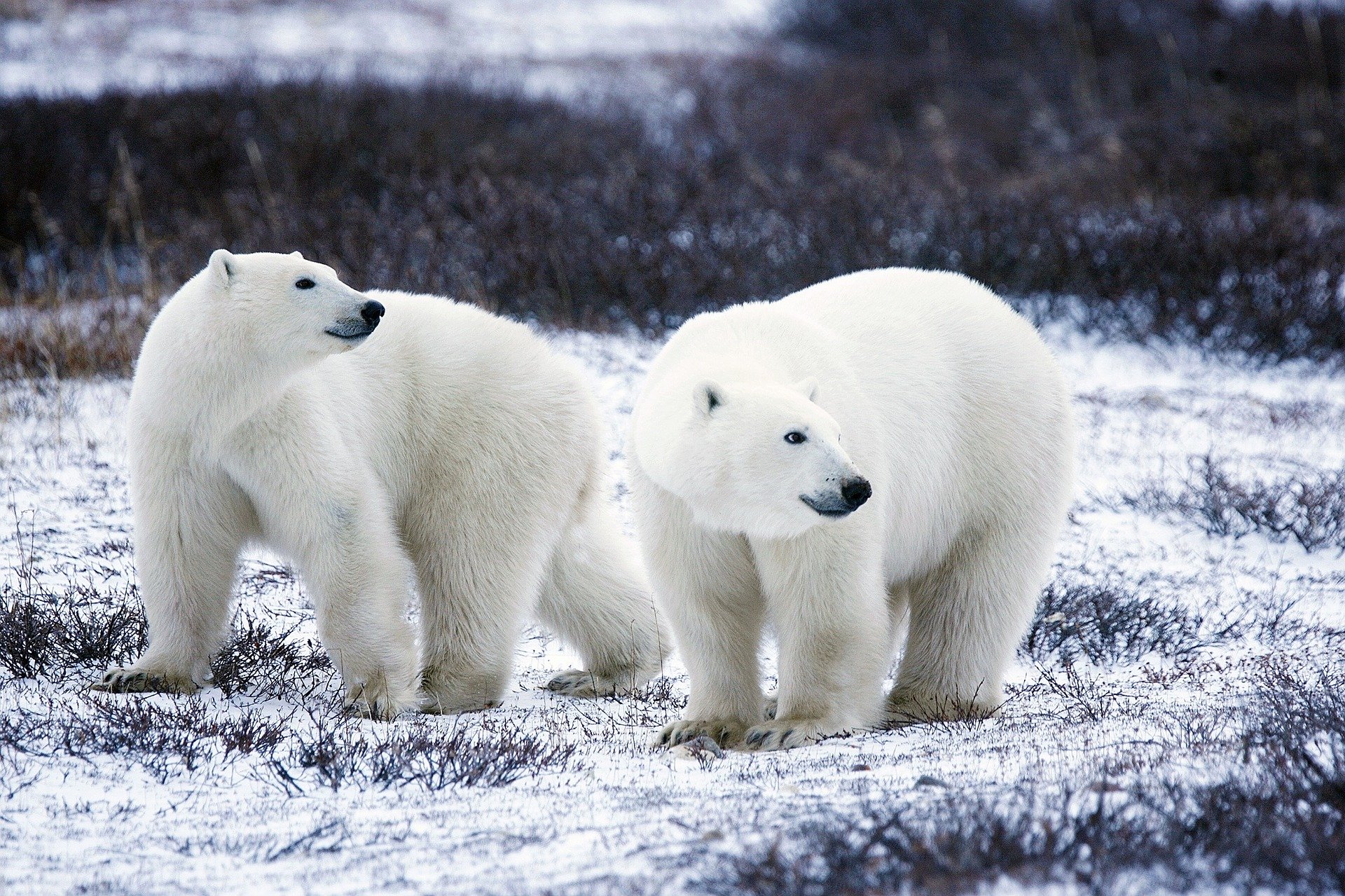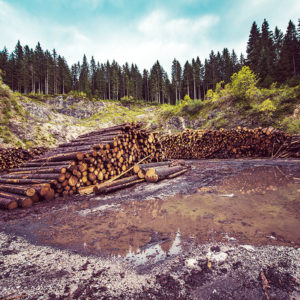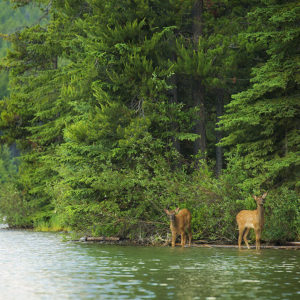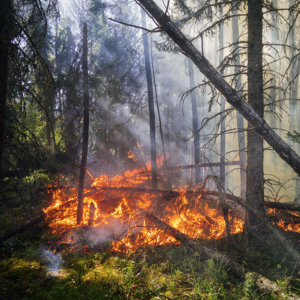The Polar Bear: Rider of Icebergs
Legendary commercial actor, close friend of Santa Claus, and explorer of the North, the Polar Bear is nothing if not the symbol of Arctic life. Their Latin name, Ursus maritimus, translates to sea bear and provides great insight into how they live. As apex predators, polar bears spend lots of time hunting in and around Arctic waters for their prey, their favourite of which is the ringed seal. Polar bears are recognisable by their white coat and their large size. Males tend to weigh between 350-600 kilograms while females will weigh between 150-290 kilograms, both can be over 10 feet tall when standing. Their bodies are made to withstand all the cold that the Arctic climate has to offer, as their two layers of fur and thick layer of blubber offer them more than enough warmth to survive – sometimes even too much warmth for the summers!

Apart from the big screen, polar bears live across the Arctic region, particularly in five countries: Canada, the US, Greenland, Russia, and Norway. As such, polar bears represent history for many peoples across the Arctic. For millennia, various indigenous groups have counted on polar bears as key contributors to their ways of life. They are still hunted today as part of their long-held traditions, but the process is very monitored and respectful of the prey. Nearly every part of a polar bear is used by the hunters, whether for weather-appropriate clothing or for calorie-rich meals. Many regulations have been imposed on the hunters, serving to protect polar bear populations from being threatened by direct human action.
So what’s the issue?
According to both SARA and COSEWIC, polar bears are a species of special concern. Although effective in curtailing over-hunting, the regulations do not address the main threat polar bears face; climate change. Polar bears rely on sea ice as their habitat. This has historically worked very well for them as it allows them plenty of room for hunting, but lately, with rising global temperatures as a result of climate change, living on the ice has become more trying for them. Different polar bear populations face different challenges, but among the most threatened are those living in regions of Seasonal Ice and Polar Basin Divergent Ice.
The existence of Seasonal Ice, as the name suggests, is dependent on the season as it melts in the summer and begin to return in the fall. When the ice melts it leaves polar bears unable to hunt, forcing them into a fast. Fasting is not new to them, but the duration of the melt is getting much longer than it used to be, making it more challenging for polar bears to fast through longer summers. For Polar Basin Divergent Ice regions the challenges are similar. The sea ice builds up near shores and will retract from the shores as it melts in the warmer months. Climate change accelerates this process and melts more of the ice near the shore. This forces the bears to either go back to land where they would have to fast or swimming further out in search of more ice.
What can we do?
The most important thing we can do to keep polar bears safe is to support environmental initiatives in government. Making green choices from the top-down is essential to fighting climate change on a macro scale, and the best way to do this is to stay informed on the issues along with the candidates who advocate for them. On a more personal level, supporting polar bear charities or conservation organisations goes a long way in furthering research, and making eco-friendly decisions in our daily lives can push others to follow suit.



